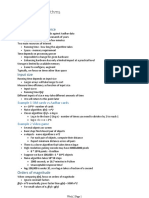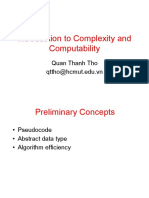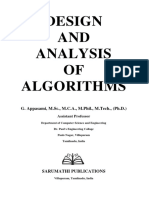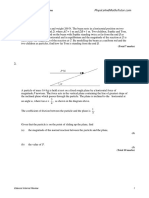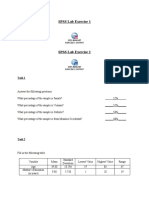0% found this document useful (0 votes)
9 views26 pagesPython Lecture 10-Efficiency
The document discusses the characteristics of good algorithms, emphasizing simplicity, efficiency, and maintainability. It covers the evaluation of algorithms based on execution time and memory space, as well as computational complexity and asymptotic analysis. Additionally, it presents examples of algorithm efficiency, including the fast power algorithm and binary search, highlighting their respective complexities.
Uploaded by
Abhishek GoutamCopyright
© © All Rights Reserved
We take content rights seriously. If you suspect this is your content, claim it here.
Available Formats
Download as PDF, TXT or read online on Scribd
0% found this document useful (0 votes)
9 views26 pagesPython Lecture 10-Efficiency
The document discusses the characteristics of good algorithms, emphasizing simplicity, efficiency, and maintainability. It covers the evaluation of algorithms based on execution time and memory space, as well as computational complexity and asymptotic analysis. Additionally, it presents examples of algorithm efficiency, including the fast power algorithm and binary search, highlighting their respective complexities.
Uploaded by
Abhishek GoutamCopyright
© © All Rights Reserved
We take content rights seriously. If you suspect this is your content, claim it here.
Available Formats
Download as PDF, TXT or read online on Scribd
/ 26




